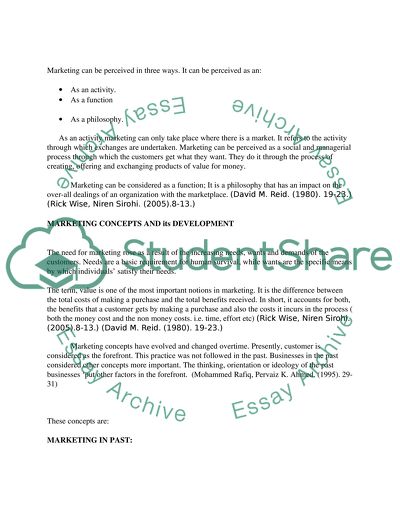Cite this document
(Marketing is a Management Responsibility Term Paper - 1, n.d.)
Marketing is a Management Responsibility Term Paper - 1. https://studentshare.org/marketing/1572370-marketing-past-present-and-future
Marketing is a Management Responsibility Term Paper - 1. https://studentshare.org/marketing/1572370-marketing-past-present-and-future
(Marketing Is a Management Responsibility Term Paper - 1)
Marketing Is a Management Responsibility Term Paper - 1. https://studentshare.org/marketing/1572370-marketing-past-present-and-future.
Marketing Is a Management Responsibility Term Paper - 1. https://studentshare.org/marketing/1572370-marketing-past-present-and-future.
“Marketing Is a Management Responsibility Term Paper - 1”. https://studentshare.org/marketing/1572370-marketing-past-present-and-future.


